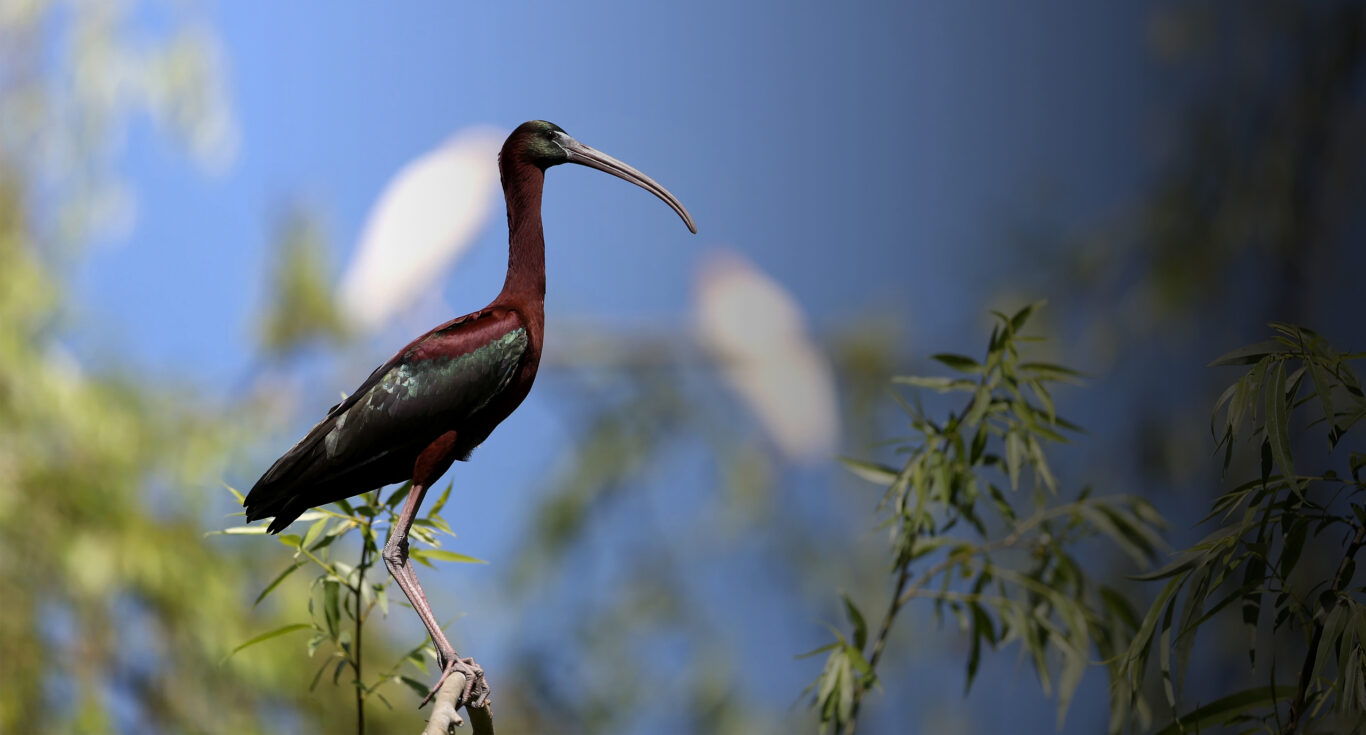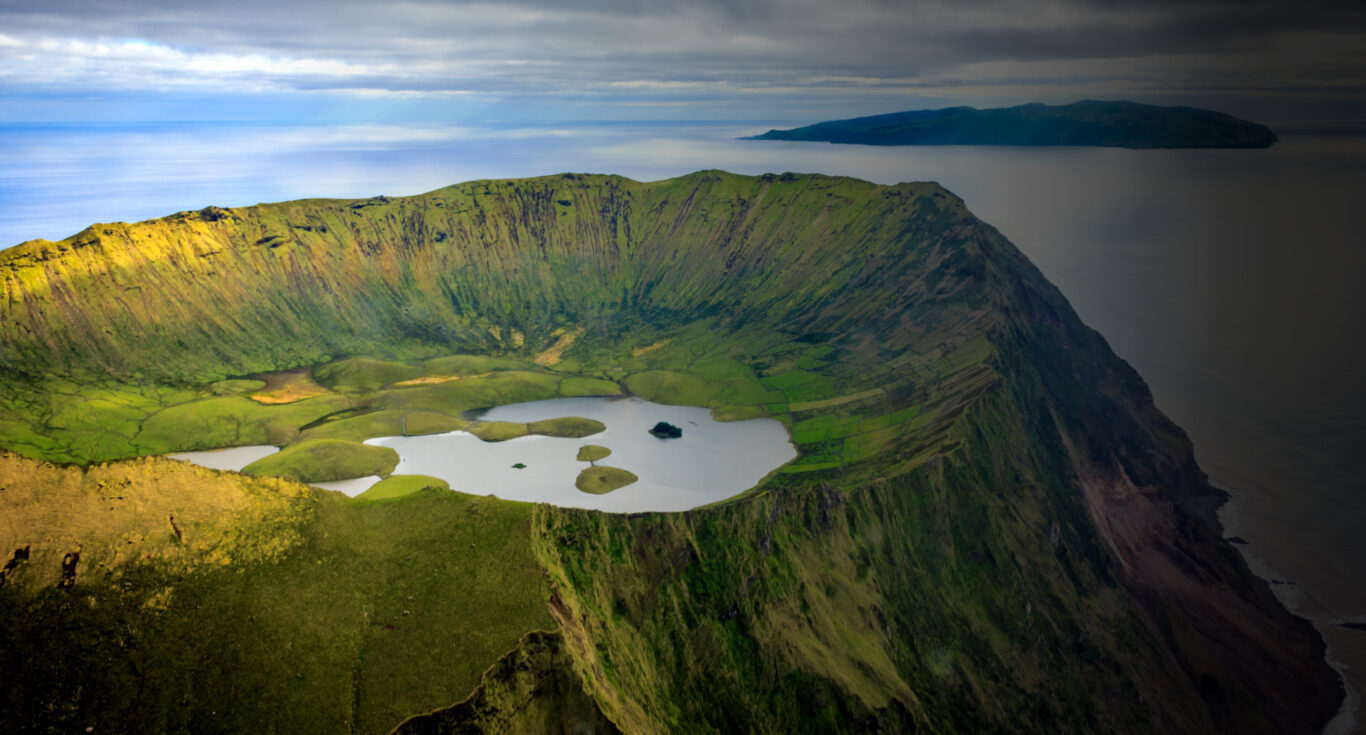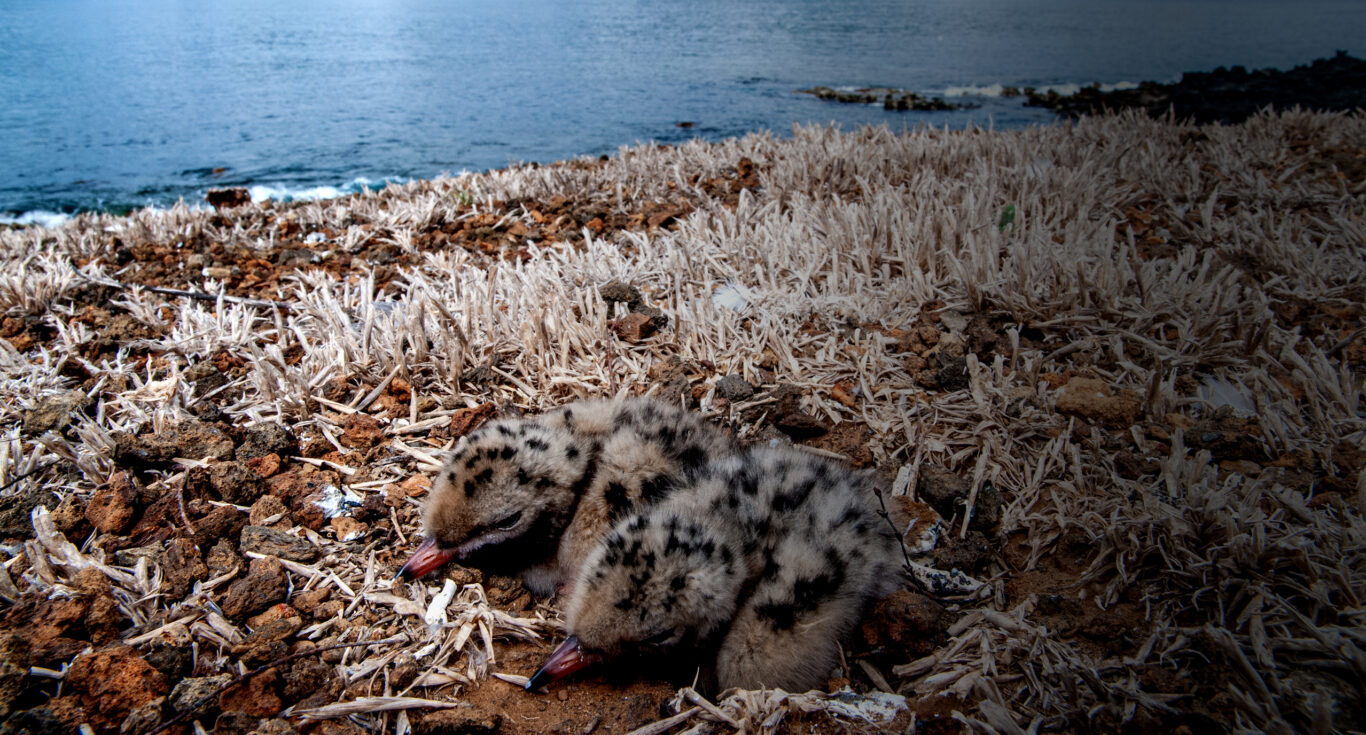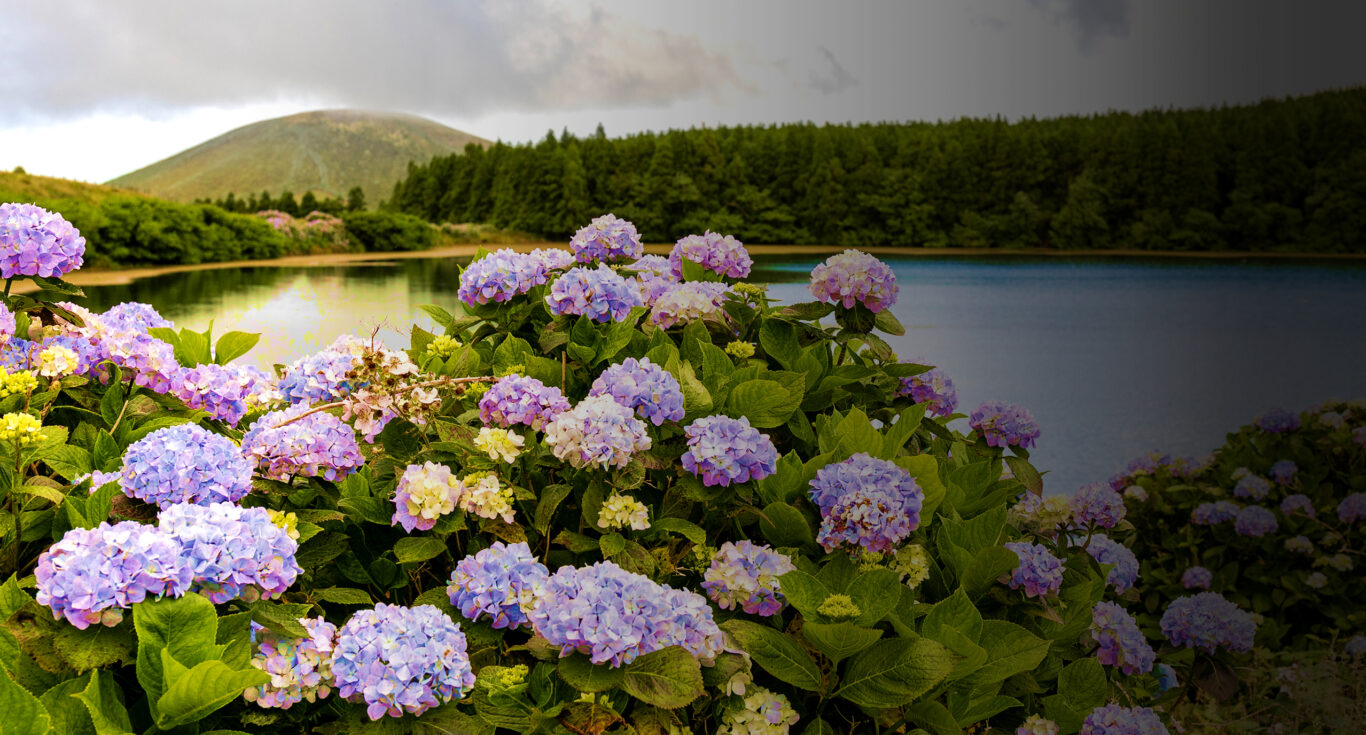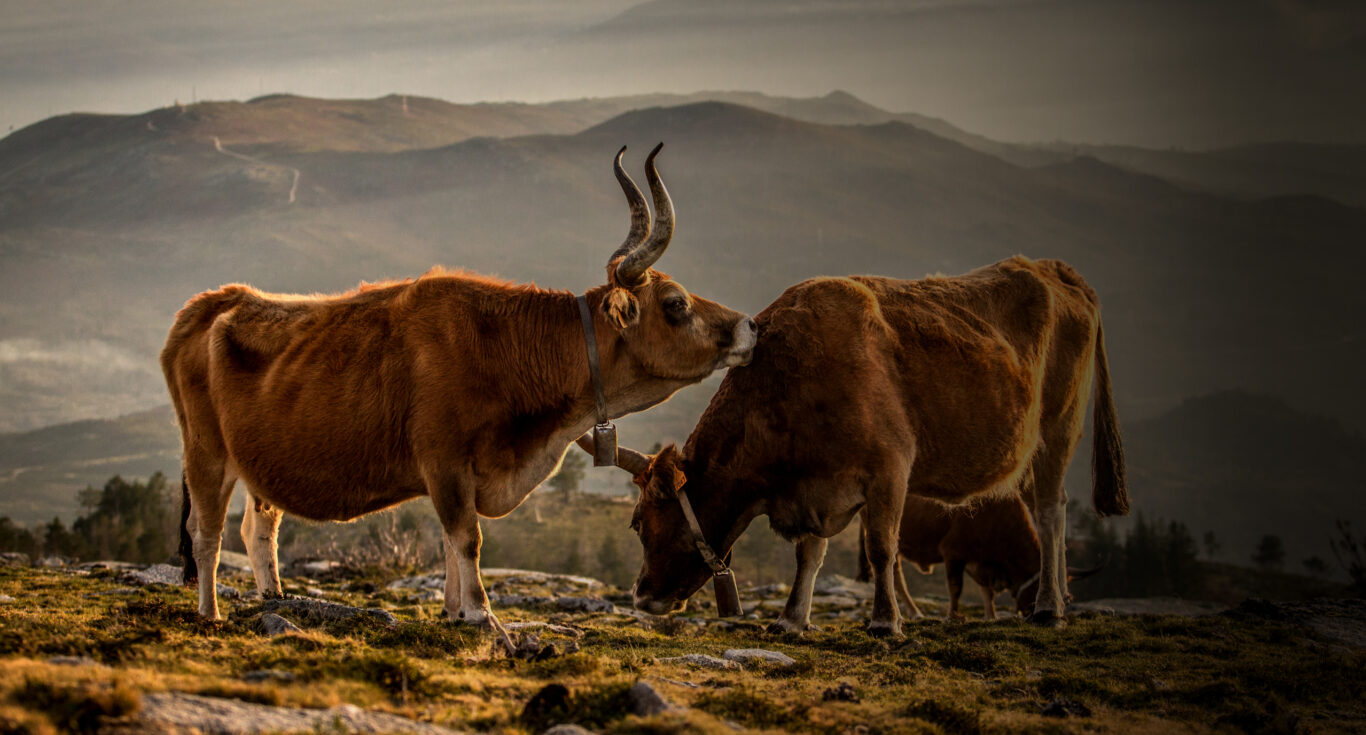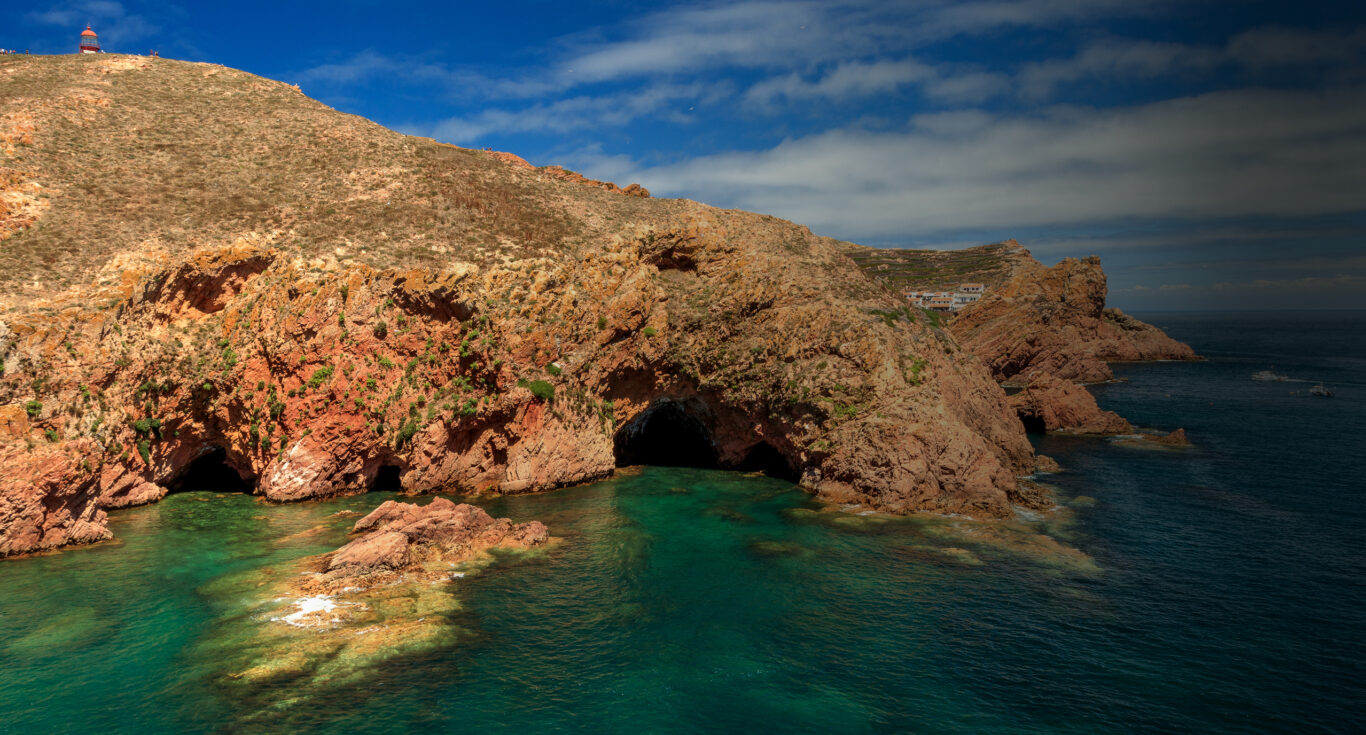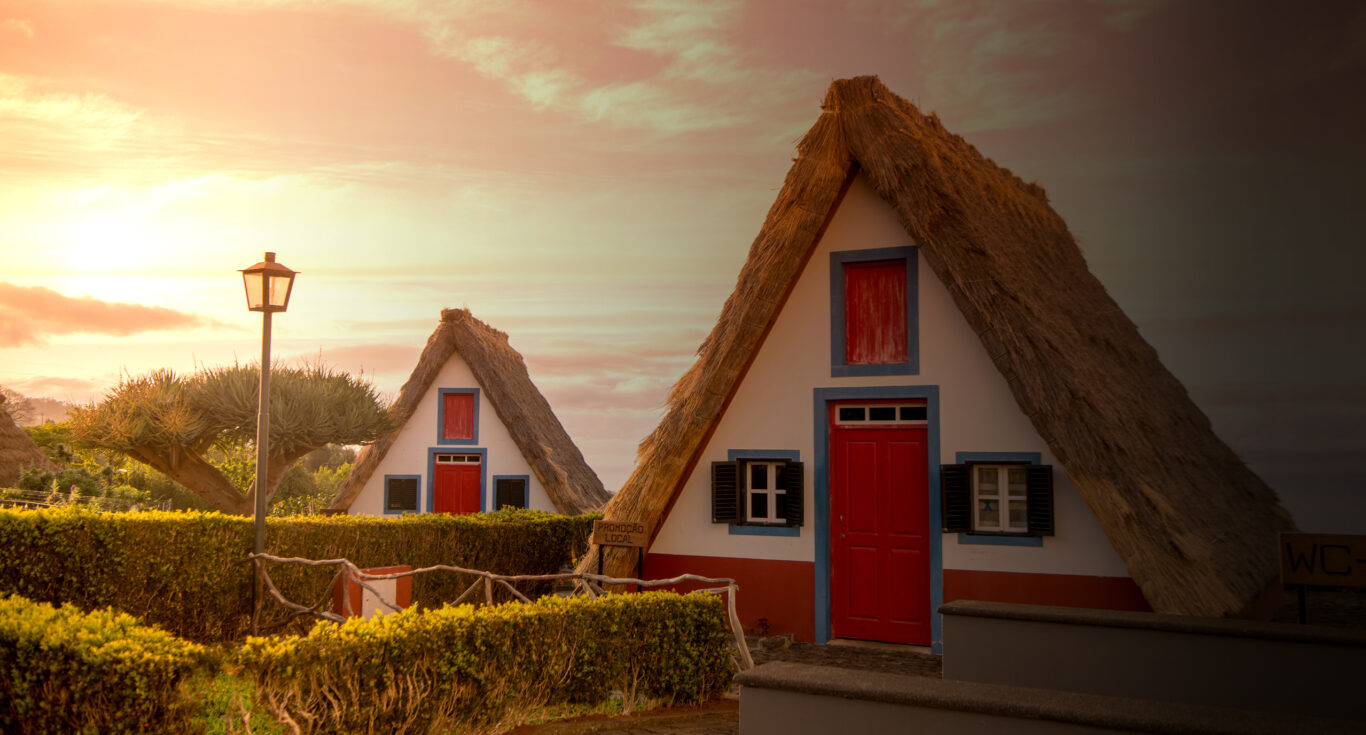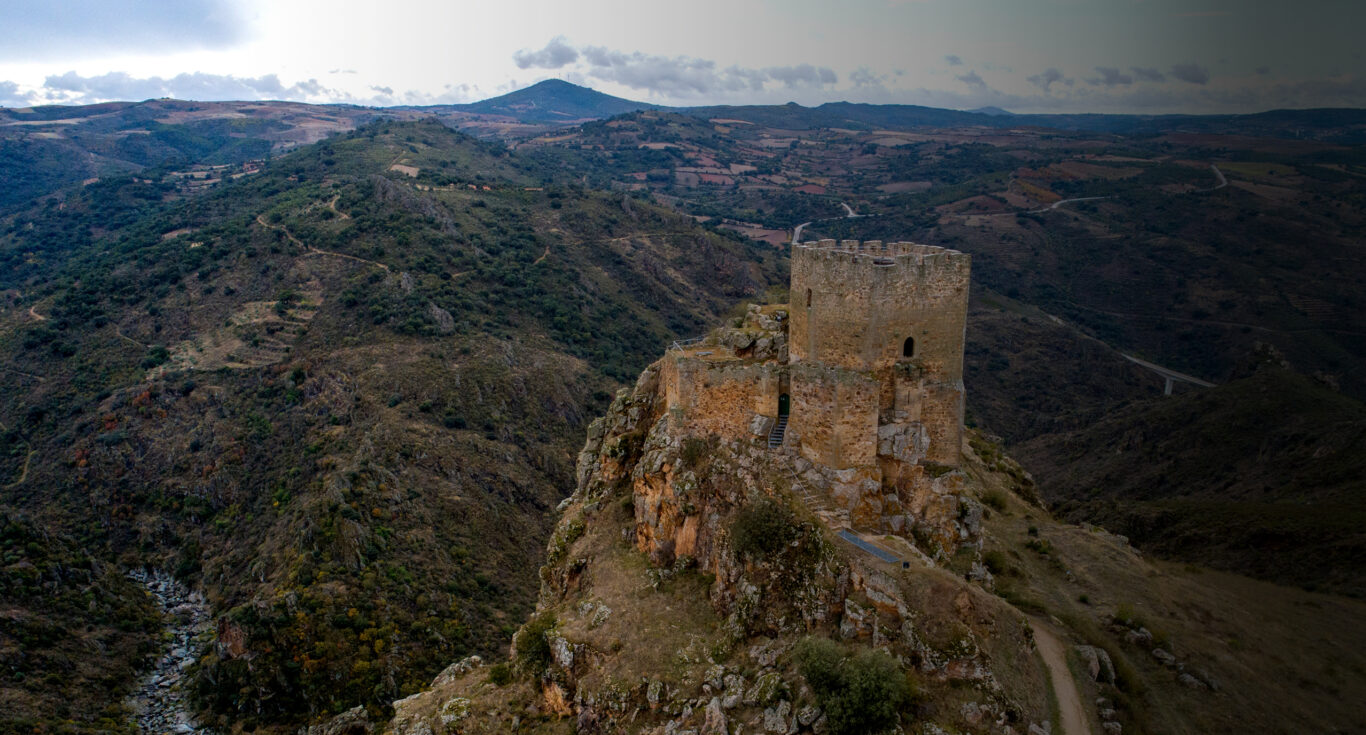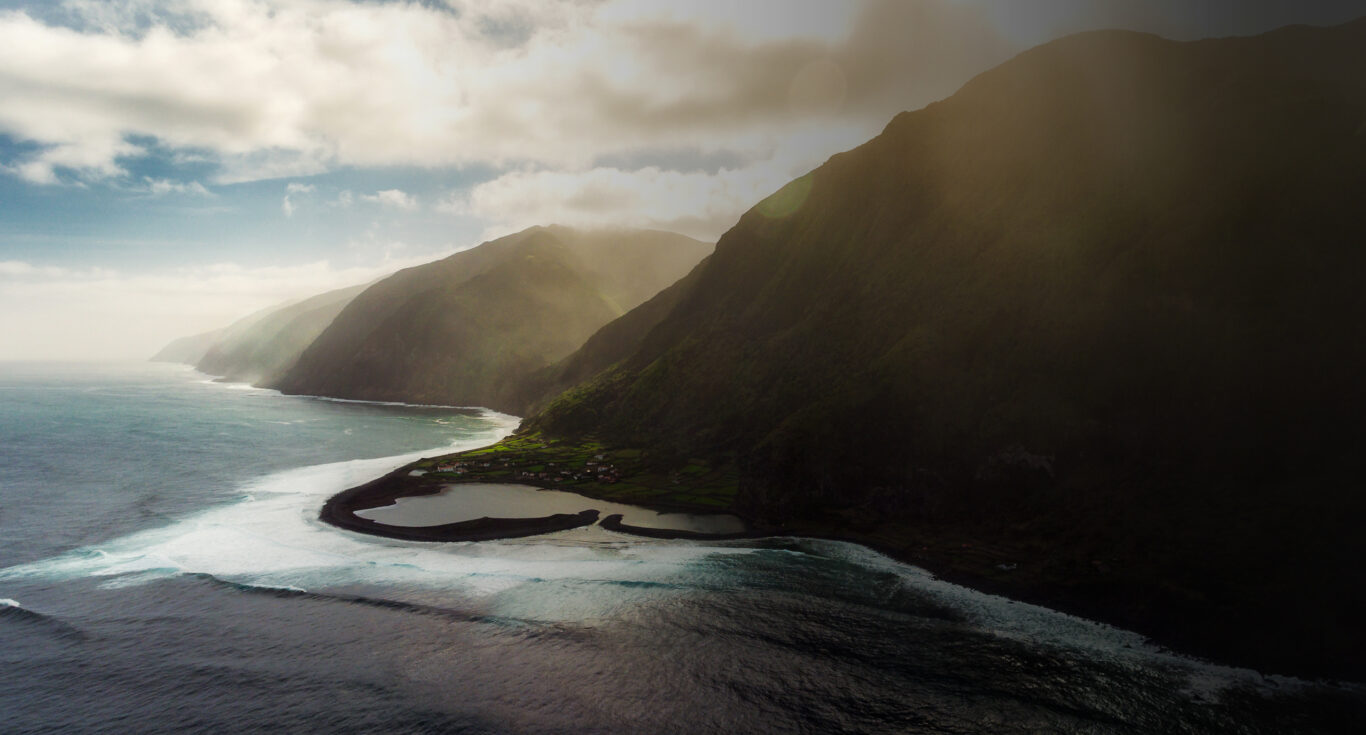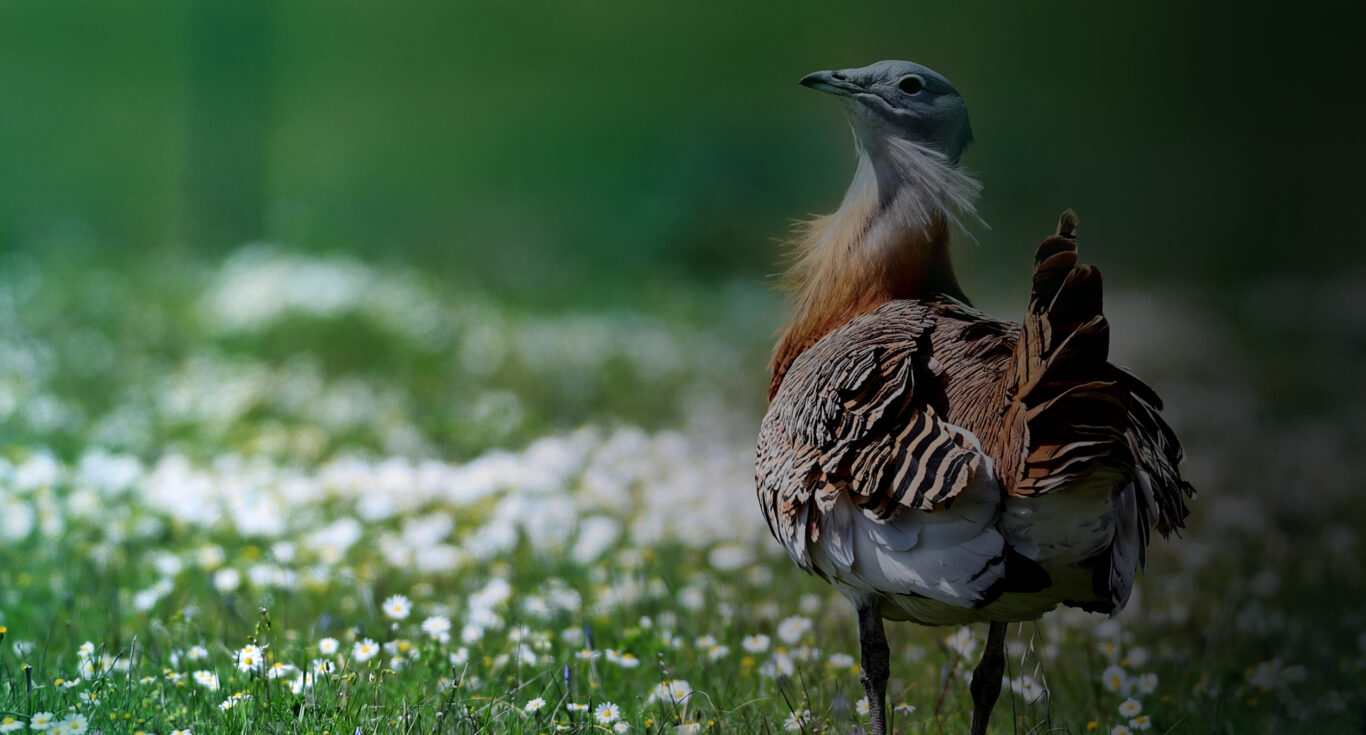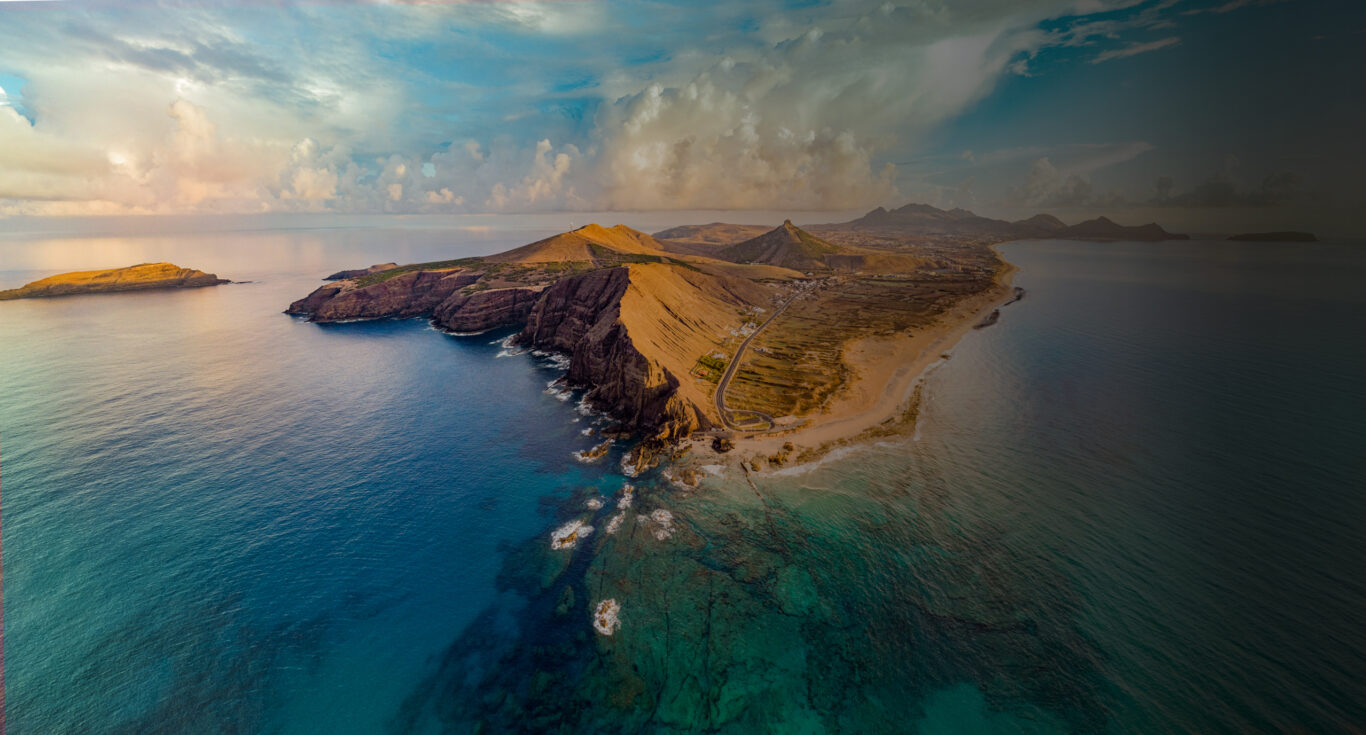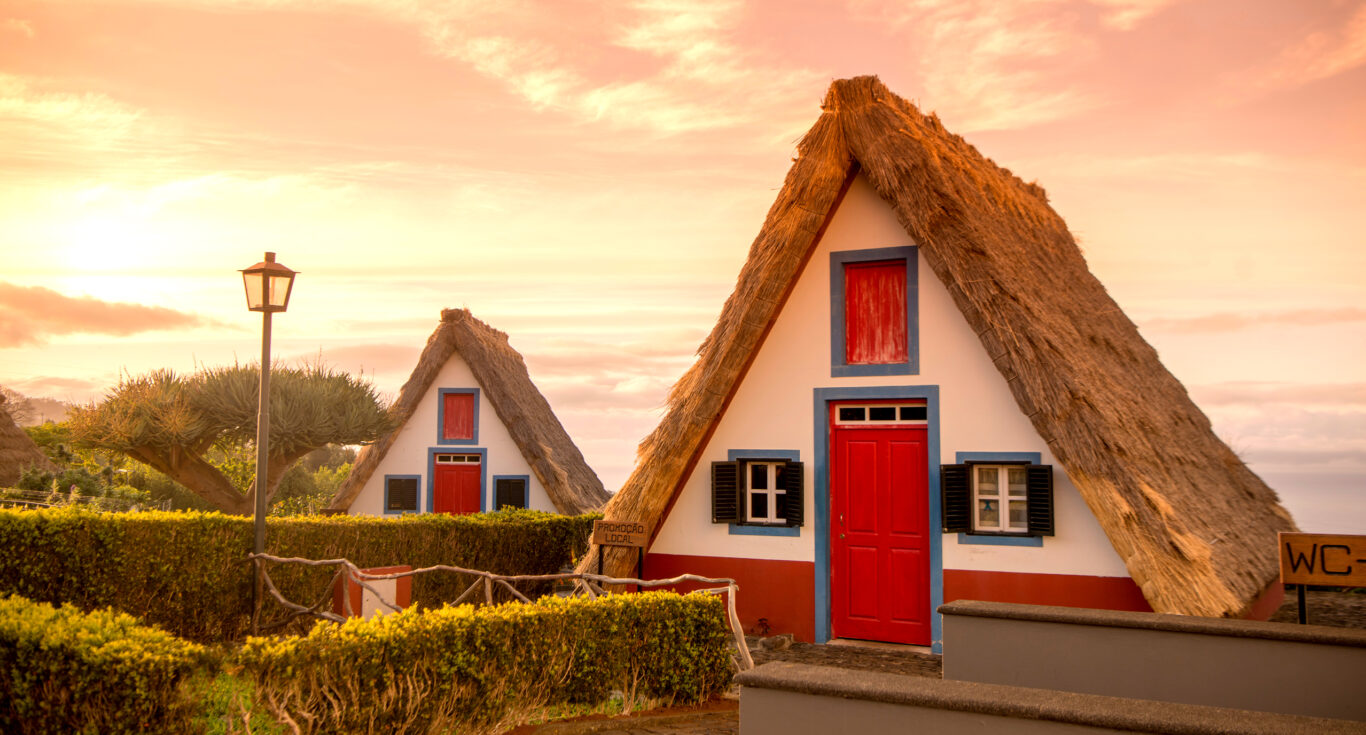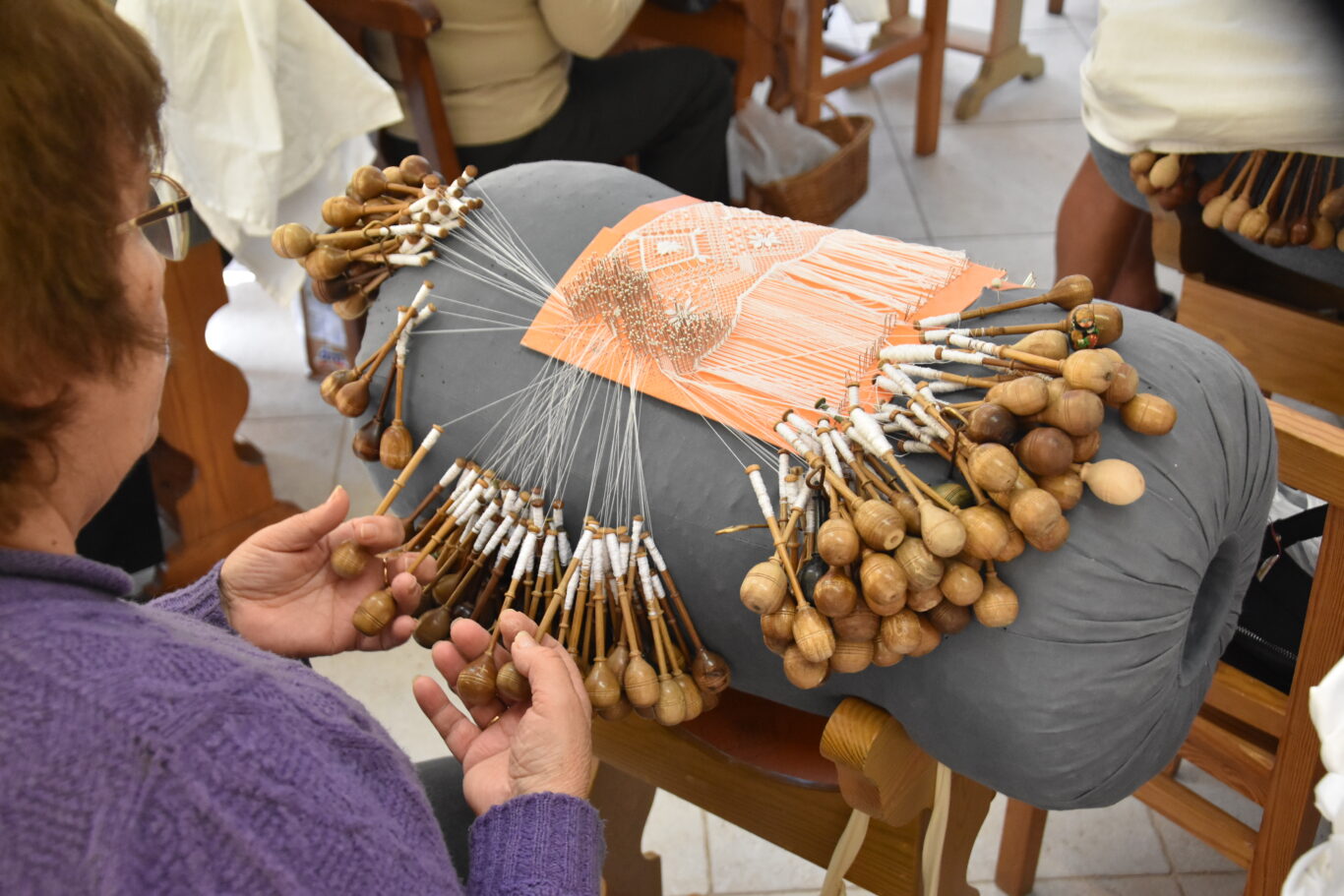Sustainable territories,
resilient communities
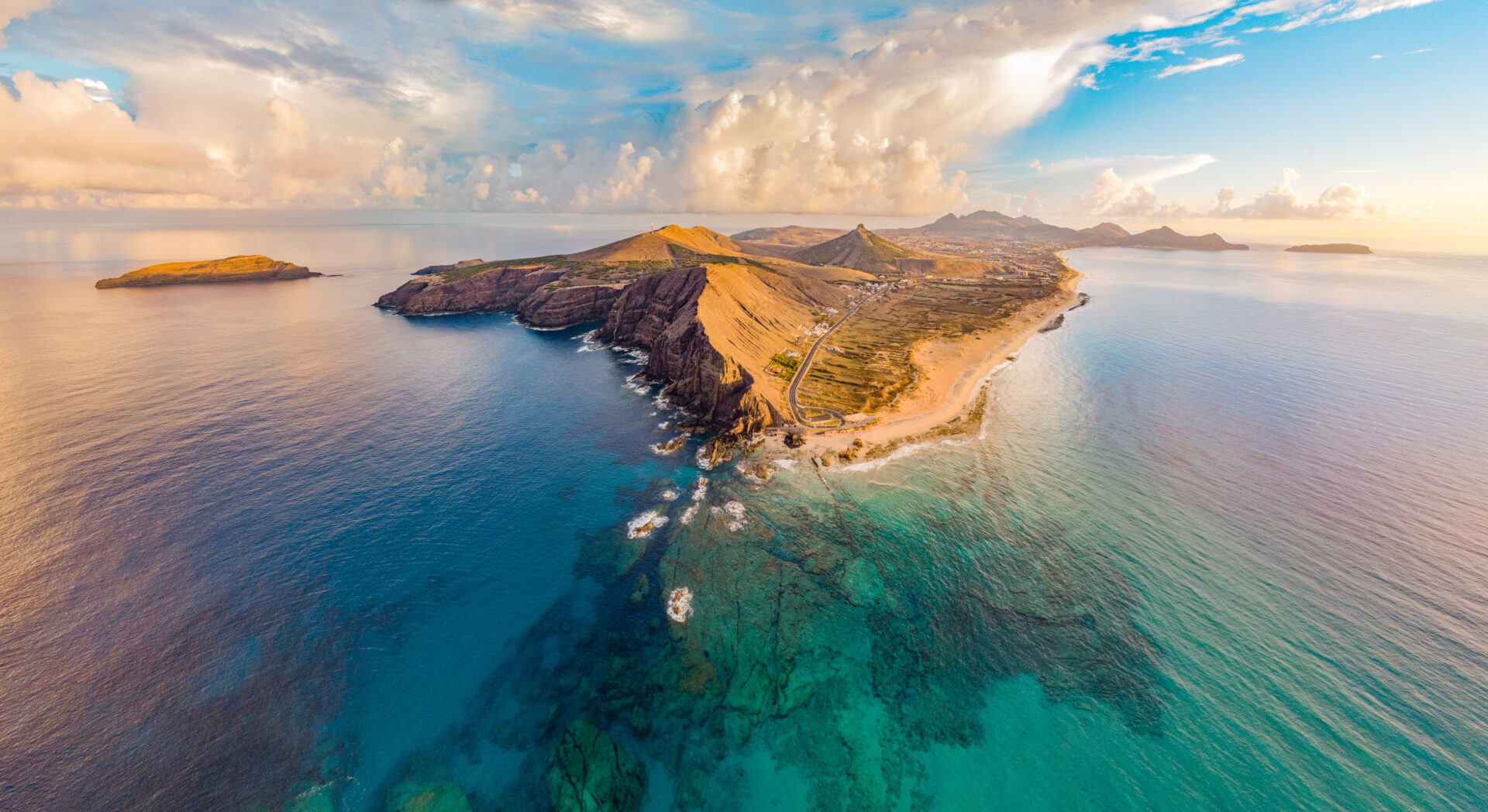
Territories committed with the valorisation and conservation of ecosystems
Biosphere Reserves stand as sanctuaries for sustainability, expressing a commitment to conserve, enhance, and harmonize ecosystems and landscapes. These territories hold the key to social, economic, cultural, and ecological development. They serve as dynamic stages for research, vigilant monitoring, education, and the raise of awareness.
They represent a unique and relevant model in the global panorama of strategies for protection, management and use of natural resources and biodiversity.
Today, the conservation of natural values is inseparable from human presence and the sustainable development and economic prosperity of populations, principles that underpin the classification and recognition of these reserves
Two million hectares of respect, harmony and well-being
Para visualizar este conteúdo,
rode o seu telemóvel na horizontal.
Portugal’s 12 Biosphere Reserves span two million hectares – realms of respect, harmony, and well-being. Together, these reserves account for an impressive 12% of the country’s territory and 26% of its protected and classified areas. These territories hosted 283,960 inhabitants in 2021, constituting 3% of the population, revealing a decline of approximately 40% over the past six decades.
Among Portugal’s 25,800 rural villages, a significant 7% (around 1,800) find their sanctuary within the nurturing boundaries of Biosphere Reserves. These regions encompass a substantial share of Portugal’s cultural and natural heritage, holding 79.8% of the 99 essential elements that demand preservation. Biosphere Reserves stand as committed guardians of a delicate balance, where sustainability and humanity intersect, leaving a lasting mark on both the present and the future.
Looking after Biosphere Reserves, valuing them and promoting them means looking after a quarter of Portugal’s protected and classified areas, making an invaluable contribution to the commitment to People and Planet.
The Reserves adopt management models and initiatives aimed at boosting investment and private initiative, where the conservation of natural resources is crucial for development.
The aim is for UNESCO Biosphere Reserves to attract young people to settle, provide added value to the economy, social relations, the competitiveness of the territory and the consolidation of a sustainable development model.
1st Biosphere Reserve. The Paul do Boquilobo Biosphere Reserve, between the Alentejo and the Centre, in the transition zone between the Lezíria do Tejo and the Médio Tejo, was the first natural area to receive this classification in Portugal.
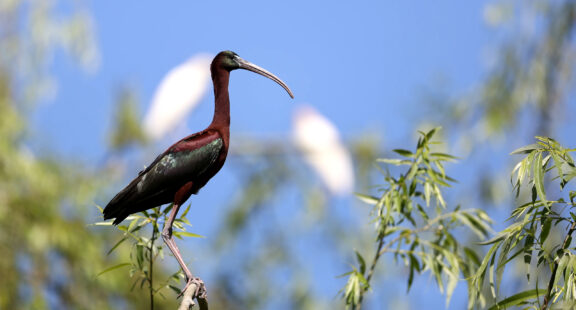
Classification of the RB of the island of Corvo, comprising the territory of the smallest and northernmost island of the Azores archipelago, including a surrounding marine area.
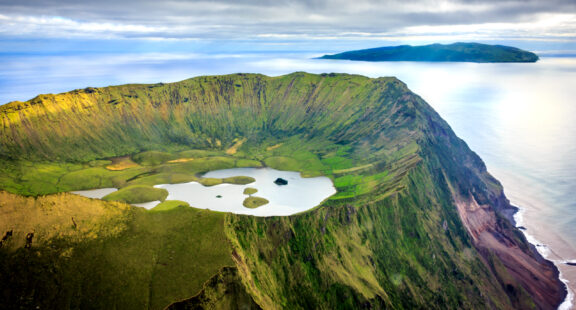
Approval of the Graciosa Island RB application, covering the island's territorial area and the surrounding marine zone.
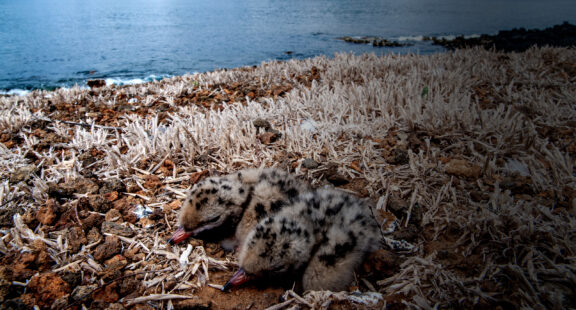
1st Cross-border Biosphere Reserve. The Gerês-Xurés Biosphere Reserve was the first cross-border reserve involving Portugal to be classified by UNESCO. It is located in the north of Portugal, in the transition between Minho and Trás-os-Montes and in the south-west of the province of Ourense in Galicia, Spain.
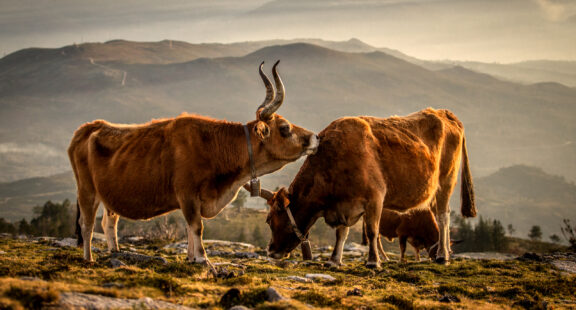
Approval of the Flores Island RB covering the entire territory of the island and the surrounding marine area, constituting the westernmost point of the European continent.
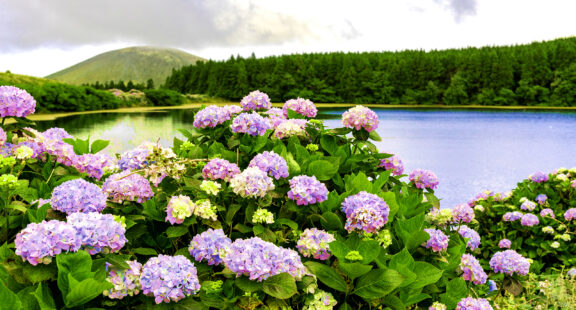
Classification of the Berlengas RB comprising the Berlengas archipelago (Berlenga Grande, Estela and Farilhões-Forcado) and the town of Peniche.
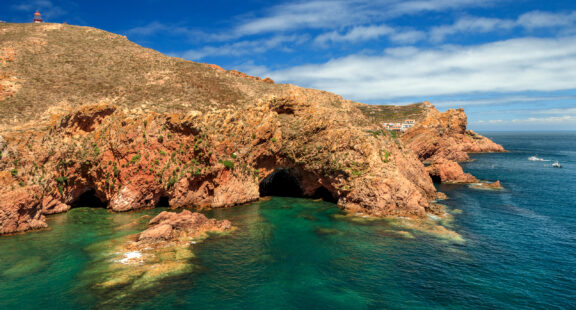
Classification of the Santana RB, on Madeira Island, Autonomous Region of Madeira, comprising the area of the municipality of Santana and the associated marine zone.
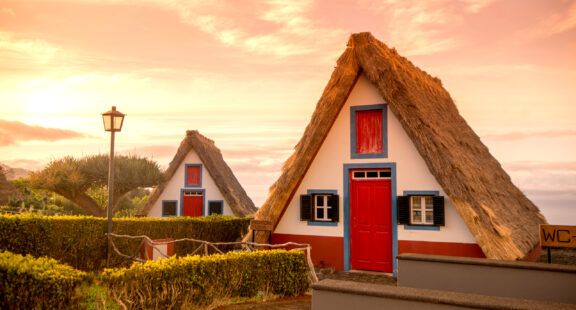
Classification of the Meseta Ibérica Transfrontier Biosphere Reserve. It is the largest cross-border Biosphere Reserve in Europe, located in Trás-os-Montes (Terra Fria and Terra Quente) and in the provinces of Zamora and Salamanca.
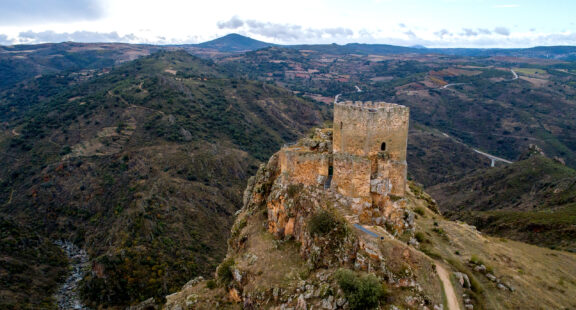
Classification of the Fajãs de São Jorge RB, comprising the island's land area and the surrounding marine area.
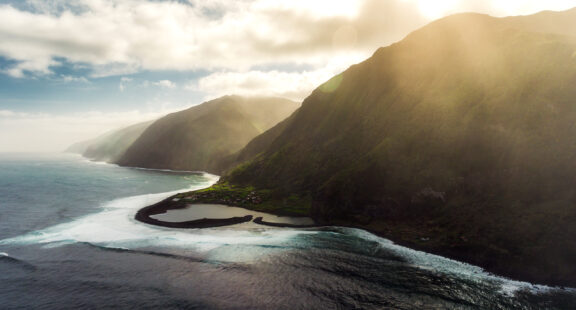
Classification of the international Tagus/Tajo Transfrontier Reserve.
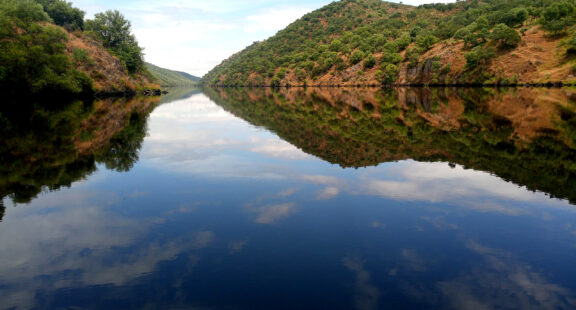
Classification of the Castro Verde RB, located in the Alentejo's Campo Branco.
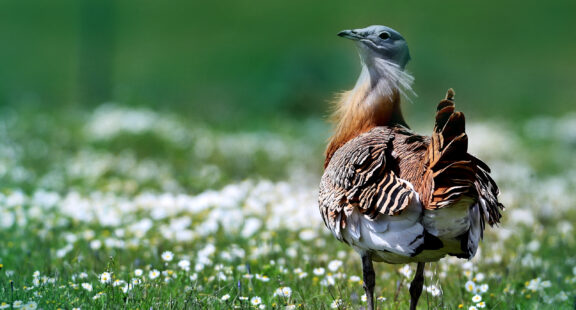
The most recent RB, for the island of Porto Santo, in the Autonomous Region of Madeira, includes the surface of the island and the surrounding marine area.
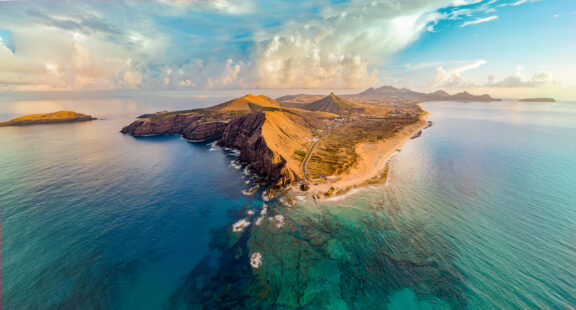
Functions of Biosphere
Reserves
The designation of an area as a Biosphere Reserve requires compliance with a set of functions that enshrine the principles of UNESCO’s MAB Programme:
- Conservation of biodiversity and cultural diversity;
- Sustainable economic, socio-cultural and environmental development;
- Support for development through research, monitoring, education and training.
These three functions are respected/fulfilled in the three main zones of the Biosphere Reserves:
- Core areas – priority areas for nature conservation, with long-term objectives defined by the reserve. They usually include areas already identified within the Natura 2000 Network and the Protected Areas system;
- Buffer zones – areas around the core zones where it is possible to carry out activities that are compatible with the conservation of the natural values identified by the reserve. Their definition can be technically more complex given the greater flexibility of the regulatory framework;
- Transition zones – zones that allow economic activity and sustainable resource management practices.
Generally, conservation functions are associated with existing classified areas, without changing their legal status or any other aspect of their regulatory framework.
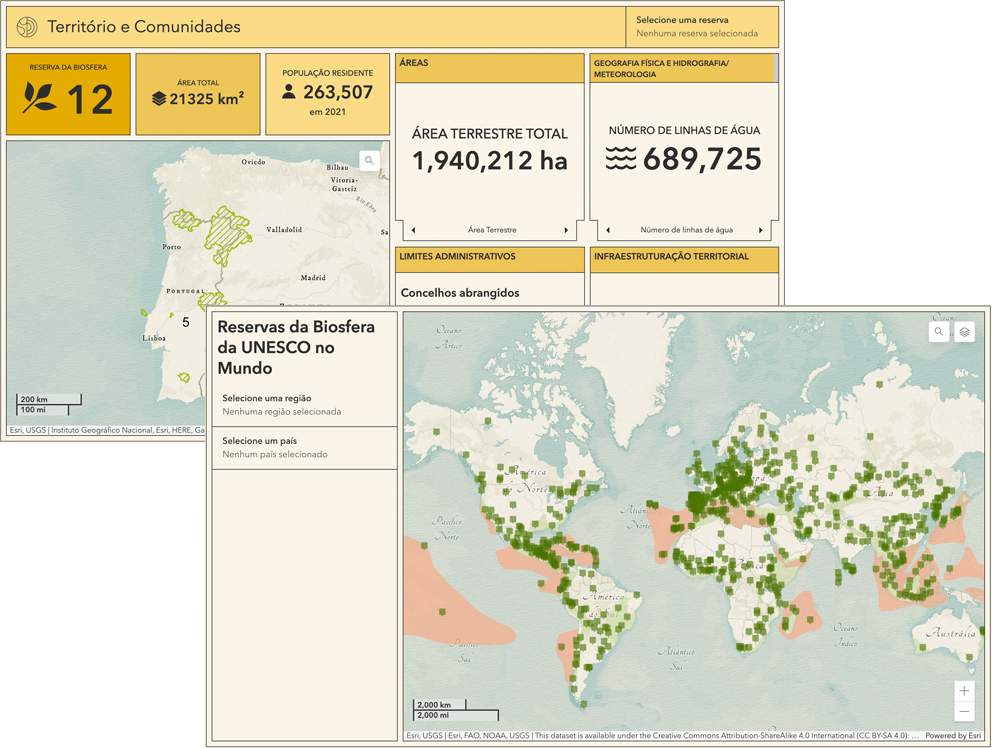
Learn about the impact of Biosphere Reserves on the sustainability of the planet
Learn about the configuration of their territories, the people who live there and make up their communities, the importance of their natural and cultural heritage and their economic activity. See how the Reserves contribute to the well-being of people and the planet.
